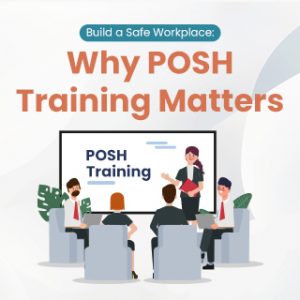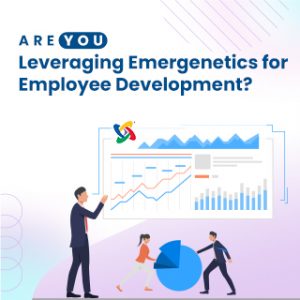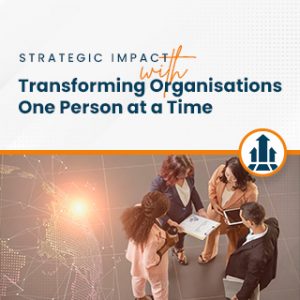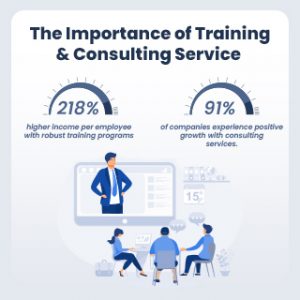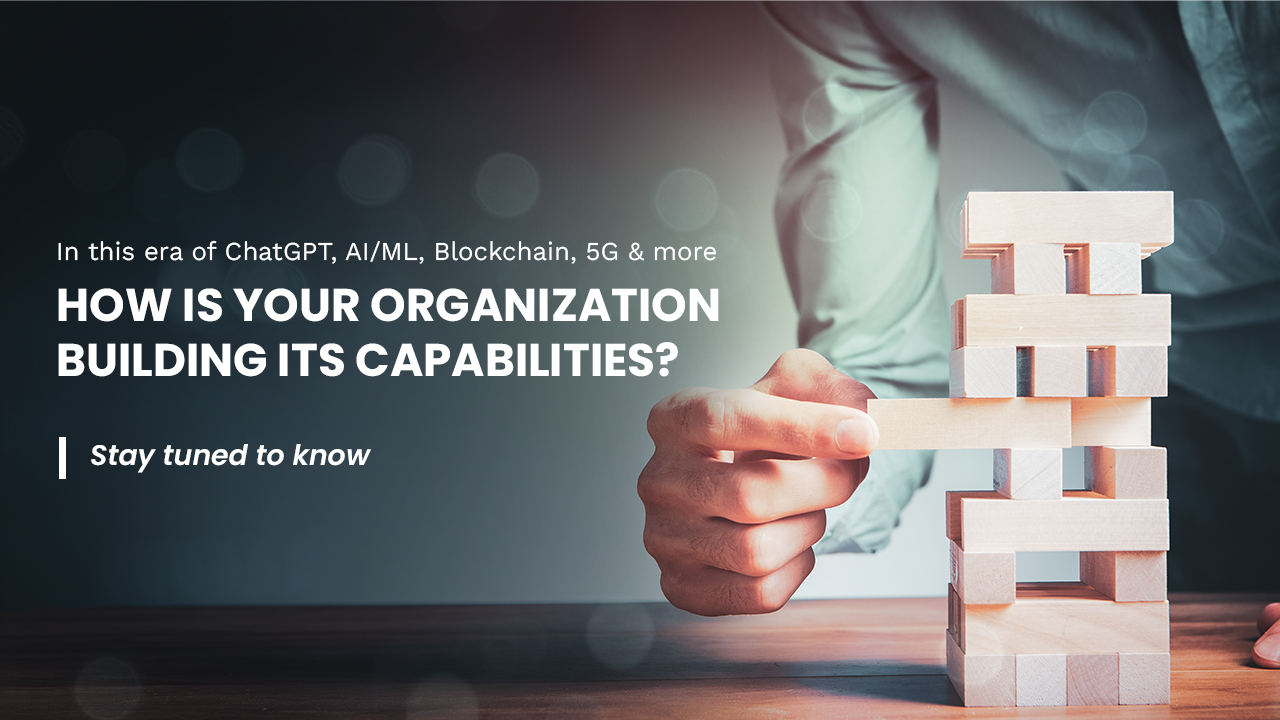

Leaders and Consultants have always looked for the “secret ingredient” that keeps successful organizations going. No surprises – the secret ingredient is the how and the who.
It’s the ideas and technology for sure. But ideas and technologies come alive from skilled (artisans?) who come up with applications. People who apply the New [ideas] in the Familiar [existing].
Do you think attracting such people, and giving them the context to fail/succeed/learn/repeat is doable/repeatable or replicable? What will make this sustainable? What will make the organization remake itself over and over – while retaining this core?
Capabilities = The Collective Skills, Abilities, and Expertise of an Organization [N. Smallwood, D. Ulrich – HBR Jun 2004]
Why is it necessary?
Traditionally finance/capital, product/market knowledge, and acumen of all these were kept as priorities that seemed more tangible. However, the role of these intangible assets which we are calling capabilities has unique features which keep the organization ahead of the curve. This becomes the identity of the organization and the main differentiator. Hence irrespective of who is the leader, and what is the challenge, the organization delivers results consistently and stays ahead.
What is the time taken to build a capability?
Building an organization’s capability does not happen in a day.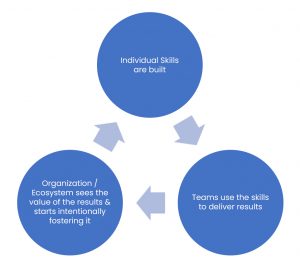

Who is responsible for building organizational capability?
The responsibility lies with leadership though once agreed can be effectively given shape to by a particular function [e.g. HR/PMO] or team [e.g. OD Team or Operations Team] or Role [Think of “Lean Sensei” or “Head Agile”]. Let’s call them the Capability Execution Team [CET]
Besides setting up accountability the Leadership team must,
- be in complete alignment as to the why/what/when/where/who/how of the capability
- individually role model the same
- identify/define the end/future state of the organization with the capability [and the benefits realization from it]
- Work closely with CET to resource/engage/build an end-to-end framework
So what is your organization’s capability?
How does your organization build capabilities?
If you are a Leader and haven’t helped build a capability, what is your legacy?
Our focus in this series – in this VUCA world – is going to consider Change Management as a capability that will give an immense edge to any organization. Watch out for this space on how you go about doing that!
